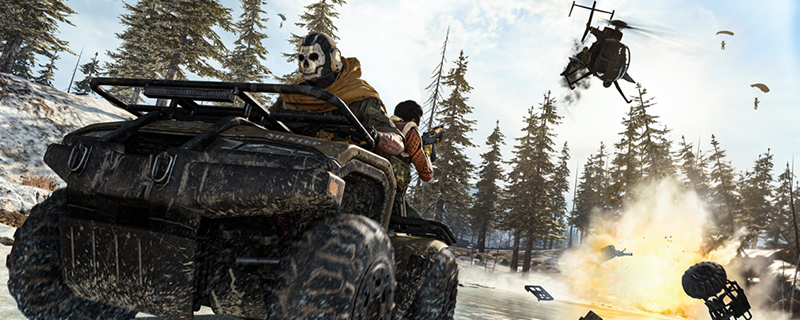Call of Duty: Warzone PC Performance Review and Optimisation Guide
Conclusion Â
There is a lot to talk about when it comes to Warzone, especially when it comes to performance. While the engine and underlying technology find their origins in Call of Duty: Modern Warfare, it is clear that the Warzone tells a different story to its premium counterpart.
For starters, DXR raytracing isn’t available within Call of Duty: Warzone. Yes, the option still resides within the game’s graphical options menu, but it doesn’t activate within Warzone. DXR ray-traced shadows remain as an exclusive feature for Modern Warfare’s campaign and selected multiplayer modes. That said, multiplayer-focused gamers shouldn’t be focusing on RTX; they should be focusing on getting higher framerates and lower response times. Â
With Warzone, Call of Duty’s performance focus shifts more onto heavily onto the CPU side of the performance equation. On page 3 of this analysis, you should see that every increase in core count resulted in higher framerates in our test system. Having six CPU cores delivered a clear performance benefit over using four cores, making high core count processors a must for high framerate action within Warzone.Â
Settings-wise, Warzone’s graphics options offer relatively few features that can have a major impact on game performance. This limits how much PC gamers can increase the game’s performance with settings changes alone, but it also allows the game to look great at its lowest settings. If you need a lot more performance, you may need to rely on Warzone’s resolution scaling options, but that isn’t necessarily a bad thing.
What must be said here is that Call of Duty: Warzone runs great on PC. Even at maxed-out settings, the game is easily able to run at 75+ FPS averages at 1080p on GPUs like the GTX 1060 and RX 580; both of which are by no means current-gen and are available very cheaply at retailers and on the used market. Crank things up to 1440p, and both the RX Vega 56 and RTX 2060 can maintain averages of over 100ish FPS.
This is where we stumble into what may be unexpected news for some players. In our benchmarks, Call of Duty: Warzone favours Radeon hardware at all comparison points. The RX 580 has a significant advantage against the GTX 1060, and our PowerColor RX 5700 has a considerable performance lead over our RTX 2060 Founders Edition. Yes, we are not comparing AMD’s reference design to Nvidia’s model, but the lead we see here is more substantial than what could be explained away by a factory overclock. Why is this unexpected? Remember that Modern Warfare, the game that Warzone is based on, has been heavily advertised by Nvidia to sell RTX series graphics cards.
Call of Duty: Warzone runs great on PC, and any negative points that we have against the game are little more than nitpicks. Our RX Vega 56 has consistent crashing issues at 4K, but this could easily be a driver problem, not a Warzone problem, and we’d class the RX Vega 56 as a 1440p graphics card anyway.Â
PC gamers should be able to easily get Call of Duty: Warzone running well on any modern system, but those who aim for 144Hz or higher refresh rates should consider a strong 6-core or better processor to get stable high refresh rate gameplay.Â
You can join the discussion on Call of Duty: Warzone’s PC performance on the OC3D Forums. Â



